[Continued from November 15, 2021]
By Girija Madhavan
Our diplomatic journey next led to Hong Kong in 1974. The island was still under British rule. Sir Murray MacLehose was the Governor. The Indian mission, called the “Commission of India” was headed by a “Commissioner”, A. Madhavan.
Glittering Hong Kong offered superb shopping, concert halls, art shows, book shops and fine dining. Restaurants specialised in Peking Duck, some provided European delicacies. I recall a dinner when G. Parthasarathy [1912-1995] our foremost Diplomat then, was the chief guest. Amused, as Chinese waiters, in German “Lederhosen” [ornate leather pants] and head gear, served sliced venison alternated with pate and served with a red wine sauce, he said to me in Tamil, “Girija, eat up now, Amma! You wont get this food or ambience back at home.”
We trod a wary path between the British rulers and businessmen, the powerful Indian community, the wealthy Chinese and those who provided service, like amahs and cooks. The Sindhi community had leaders like Hari Harilela, Sital Motwani and the Melwanis. Sikhs, Gujaratis, Parsis, South Indians and other ethnic groups comprised the Indian diaspora. They all meticulously maintained their religious and cultural traditions but projected a united front despite business rivalries.
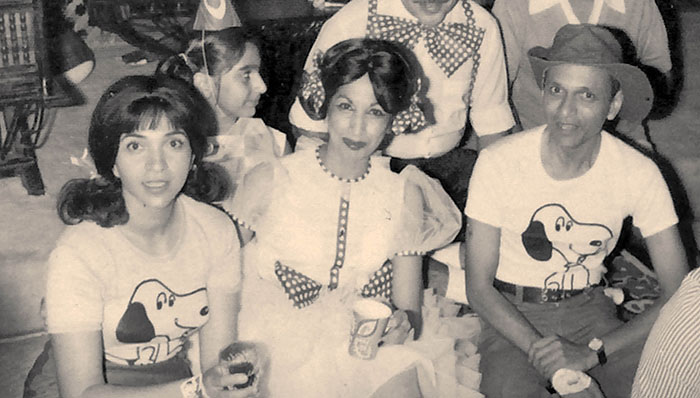
A local wag was fond of saying, “Two Indians are an Association. Three Indians are two Associations.” The Commission was drawn into one such minor dispute. To settle it, a local businessman proffered this advice: “The Indian Community and the Commissioner should sit ON the table and PULL THEIR SOCKS TOGETHER” [pull up their socks]. Luckily, there was a simpler solution.
Hong Kong Indians often gave dinner parties. We learnt not to arrive punctually at 8 pm as the hosts were not ready then. A stream of snacks accompanied the drinks, dinner was served late. So it was a relief to be invited instead to a “Tea Party with a Theme” for Mrs. Meenu Melwani’s birthday; we all had to dress up as children or teenagers. I recently found photographs of the event, shared at the time only with the guests at the party. The normally dignified, formally attired Commissioner and his saree-clad wife, dressed in Snoopy T-shirts, would surely have been severely trolled in the Social Media now!
Sir Run Run Shaw GBM, CBE [1907-2014] was a film magnate and philanthropist. He met us at a party and invited us to a showing in his private theatre of the scary film “The Exorcist” for special guests. Near us sat an elderly gentleman who seemed to be an important person. The possession scenes disturbed him enough to exclaim out loud. When Satan, horns and tail appeared on the screen, the poor man’s terrors seemed to engulf him and he had to be escorted from the auditorium.
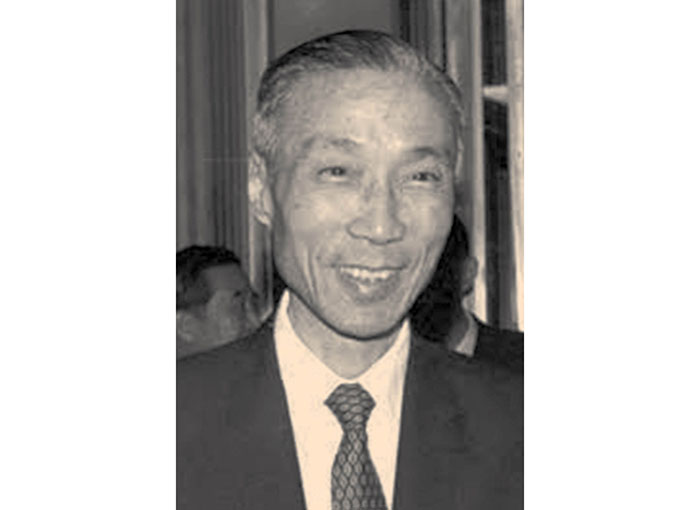
One day Madhavan received a call from Run Run Shaw himself requiring help for a horror film he was making. He needed many pure black ravens to act in some scenes. He wanted them caught in India and transported to Hong Kong for his film. He was deaf to protests that we have no raven catchers and cannot break our strict wildlife protection rules. “Sorry.” said the Commissioner…“Quoth the raven, Nevermore”! And so no more invites to films shows.
Indian diplomats in some neighbouring capitals would stock up on luxuries in Hong Kong or place orders for them. One day an elderly Staff member, Daroch, came to me, a cyclostyled paper in hand. It was an urgent request from the Indian Embassy in Ulan Baatar [new spelling now], Outer Mongolia for “100 TP Rolls.” He wanted to know where to buy these Toilet Paper Rolls and which brand to get. I directed him to a nearby “Park’N Shop” supermarket, explaining the best toilet paper was a Japanese brand named “My Fanny”, passing off the last word as an obscure Japanese one! The goods were duly despatched and I relaxed until an agitated Daroch came back later, waving another paper, this time with a furious message, “WE ASKED FOR TELEPRINTER ROLLS.”
An Industrial exhibition showcasing Indian goods was being held in a hall of the Hilton Hotel. Some paintings by modern Indian artists were also sent for exhibition and sale, prices specified by the artists themselves. However, there was no grant for hiring a gallery, lighting or caretakers for the exhibits. So I was asked to take charge. I felt reassured when Daroch gallantly offered to help me. We were given a space in the hall to display them.
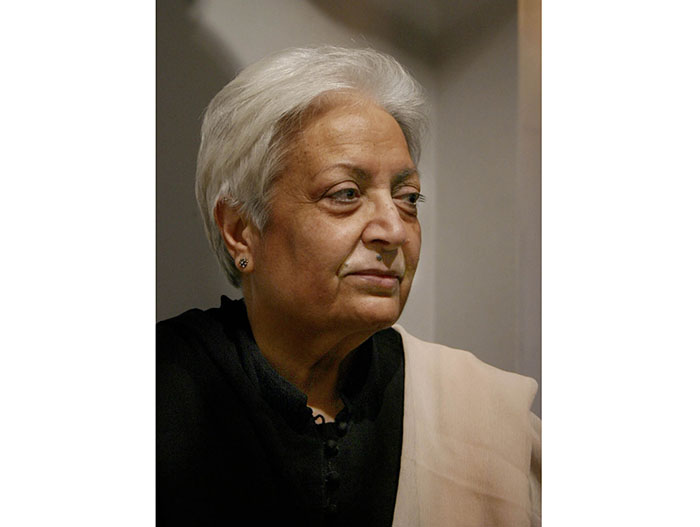
There were no nails to hang paintings. So we propped big oils against a wall, cordoning them off with brass pedestals [taken from outside the lift], looped with red velvet ropes. The smaller works of art had to be displayed on shelves and long tables.
As we worked, I heard a sharp intake of breath from Daroch who had unwrapped some etchings by the famous artist Laxma Goud. In the 1970s the artist had made a limited series of rural scenes with an erotic content. Some are with the British Museum now. Though they were best sellers in Hong Kong and valuable collectors items now, they offended Daroch’s sense of propriety. So I gave him another box instead, labelled “Zarina”, the artist’s professional name.
Zarina Hashmi had married Saad Hashmi of the Indian Foreign Service. I had met her briefly when we were young Foreign Service wives. Some years later, she found her vocation as an artist, lived in New York, became famous. She had sent us two works on paper, her favoured medium, titled “White on White.” The upper half of the pictures had minimal lines, the lower half featured a strip braided with a silken cord [like a shoe lace], a symbolic design. I froze to hear Daroch saying, “Madam, at last I have managed to open up one of the shoe laces. After lunch I will finish the job.” Urging him to go away at once, I saw an inch of cord had been loosened. With trembling hands, following the indentations on the fragile paper, I managed to put back the cord back properly.
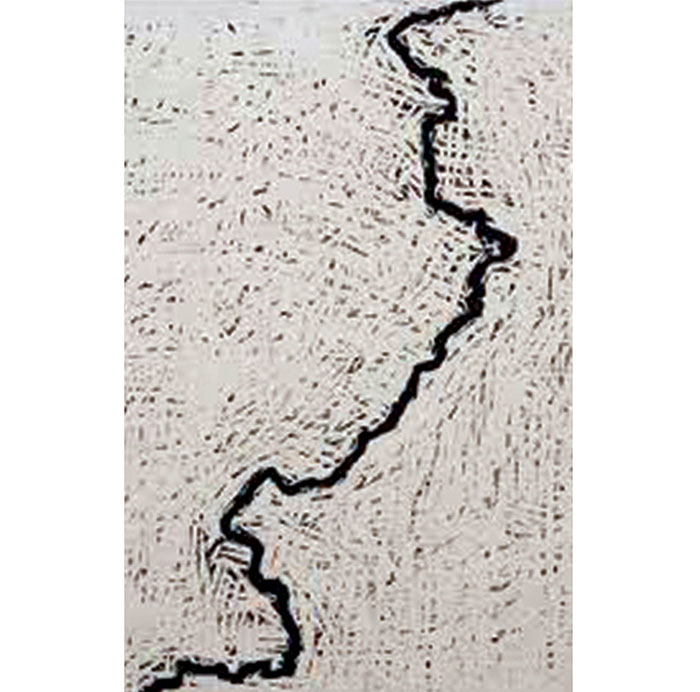
Zarina experimented with abstract and geometric forms; a link to her Islamic identity and to Minimalism. Born in 1937 in Aligarh, she never returned there, passing away in 2018 in London. In her art, she explored the “Idea of Home,” a feeling that home transcends physical space, that we are our homes.
Her works are exhibited in great world museums like the Tate, the Guggenheim, the Museum of Modern Art and the Bibliotheque Nationale. I am glad I had met her, glad I learnt about her art…but most happy that I saved two of her creations.



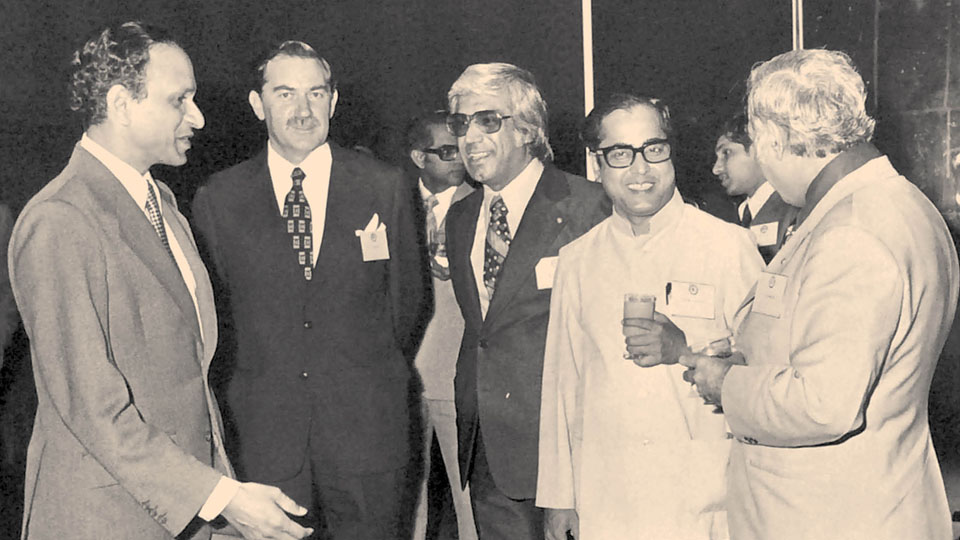




Hong Kong then was a British Colony, and hence any Indian mission was a waste of money , as Indians had no influence there. All the movers and shakers there at that time were English. Even to day no Indian mission in any of the Western countries or anywhere is respected.
A Mysorean with a Name like Girija Madhavan eating venison? Anything to curry favour for unprincipled Indians.
G Parthasarathy was useless whtever he took on.